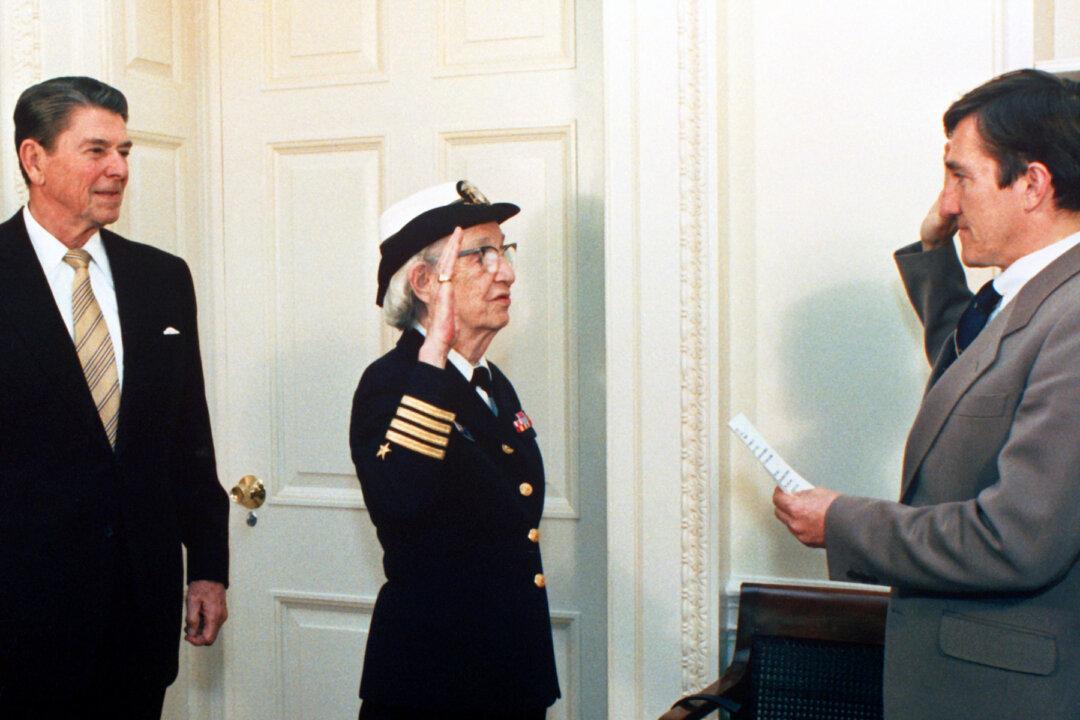The roles of women in the military are increasingly changing as more opportunities open up for females, giving them the chance to distinguish themselves in every branch and from the bottom to the top.
Here, we'll look at three remarkable women who have left their mark on the history of the armed forces with their contributions: Army Cpl. Jessica Ann Ellis, Navy Rear Admiral Grace Hopper, and Army Brigadier General Hazel Johnson-Brown.




